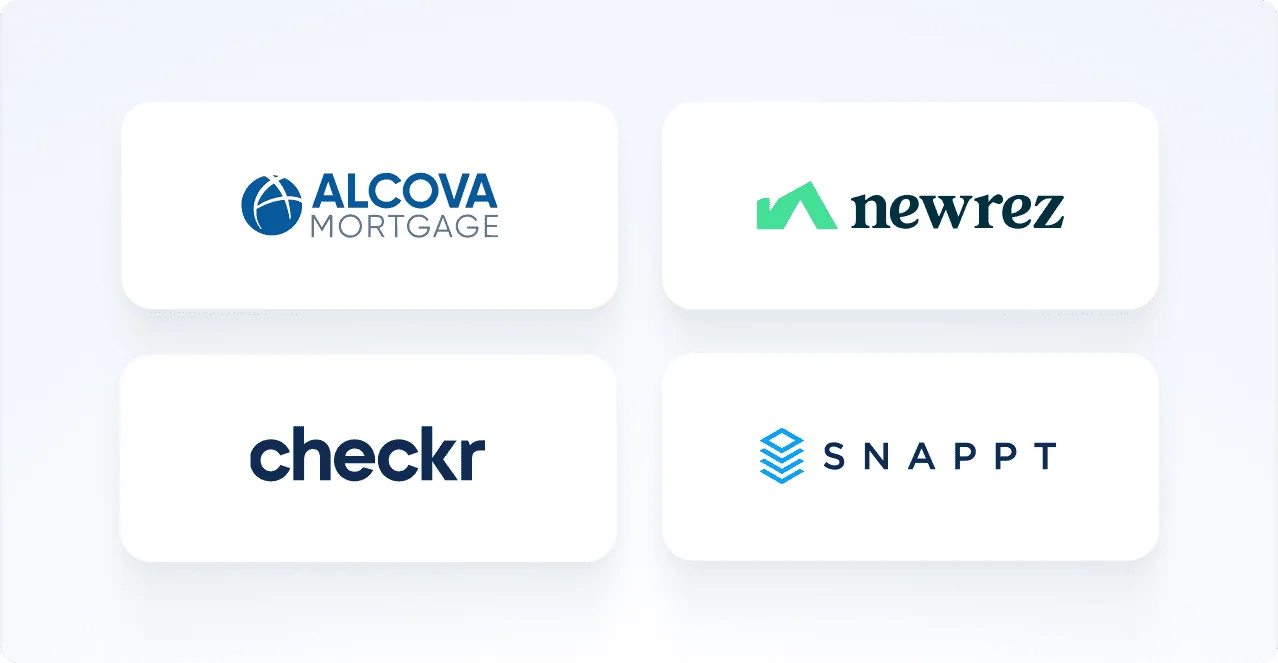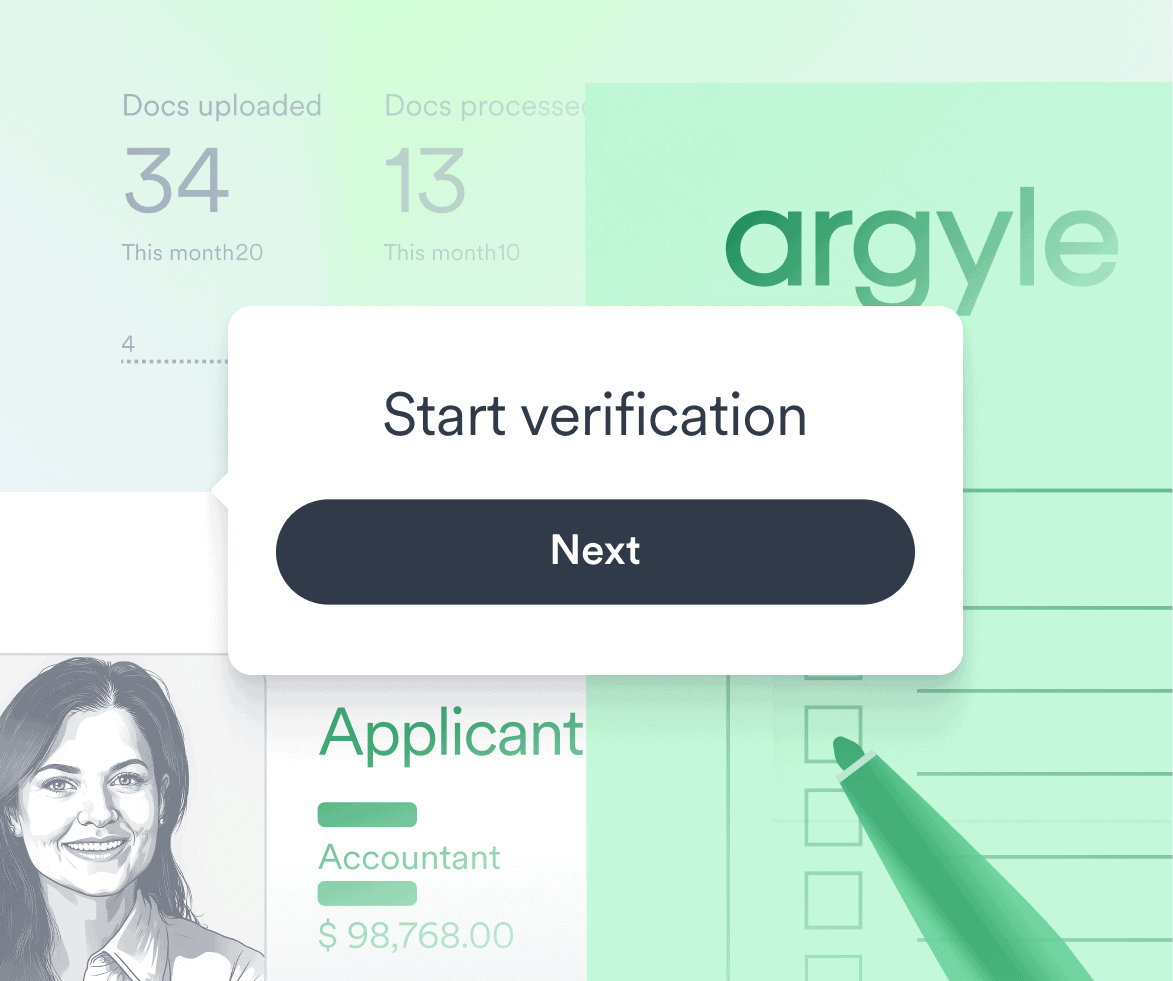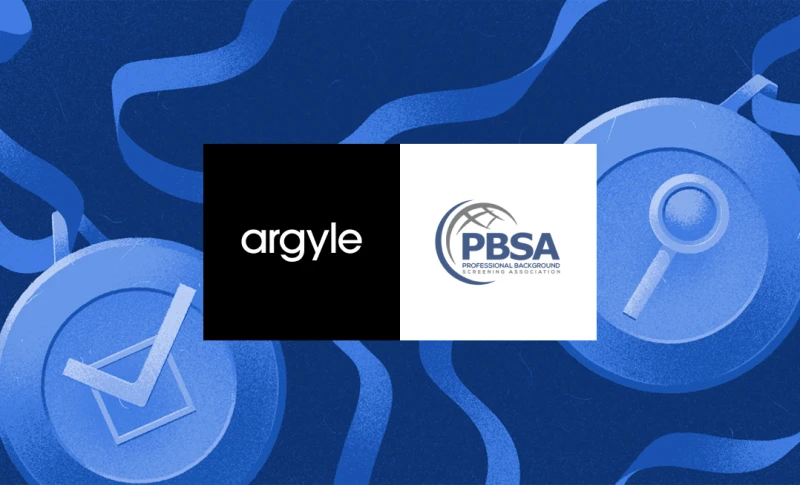The evolution of employment verifications in the background check industry.
Background checks aren’t going away, but is the industry keeping up? 94% of employers say their organization performs one or more types of employment background checks. Even though many employers consider background checks an essential part of hiring, the cost and time required to get results remain major hurdles in the process.
With the digitization of the economy, traditional, manual employment verification methods don’t cut it anymore. The conventional process is too long-drawn, expensive, and often ineffective for employers, job applicants, and background check screening service providers. Applicants also want more control over who accesses their information and how it’s used.
Fortunately, forward-looking providers see the solution: direct-source verifications.
In this article, we’ll explore the history of background checks, where traditional verifications fall short, and how and why direct-source verifications are the way forward.
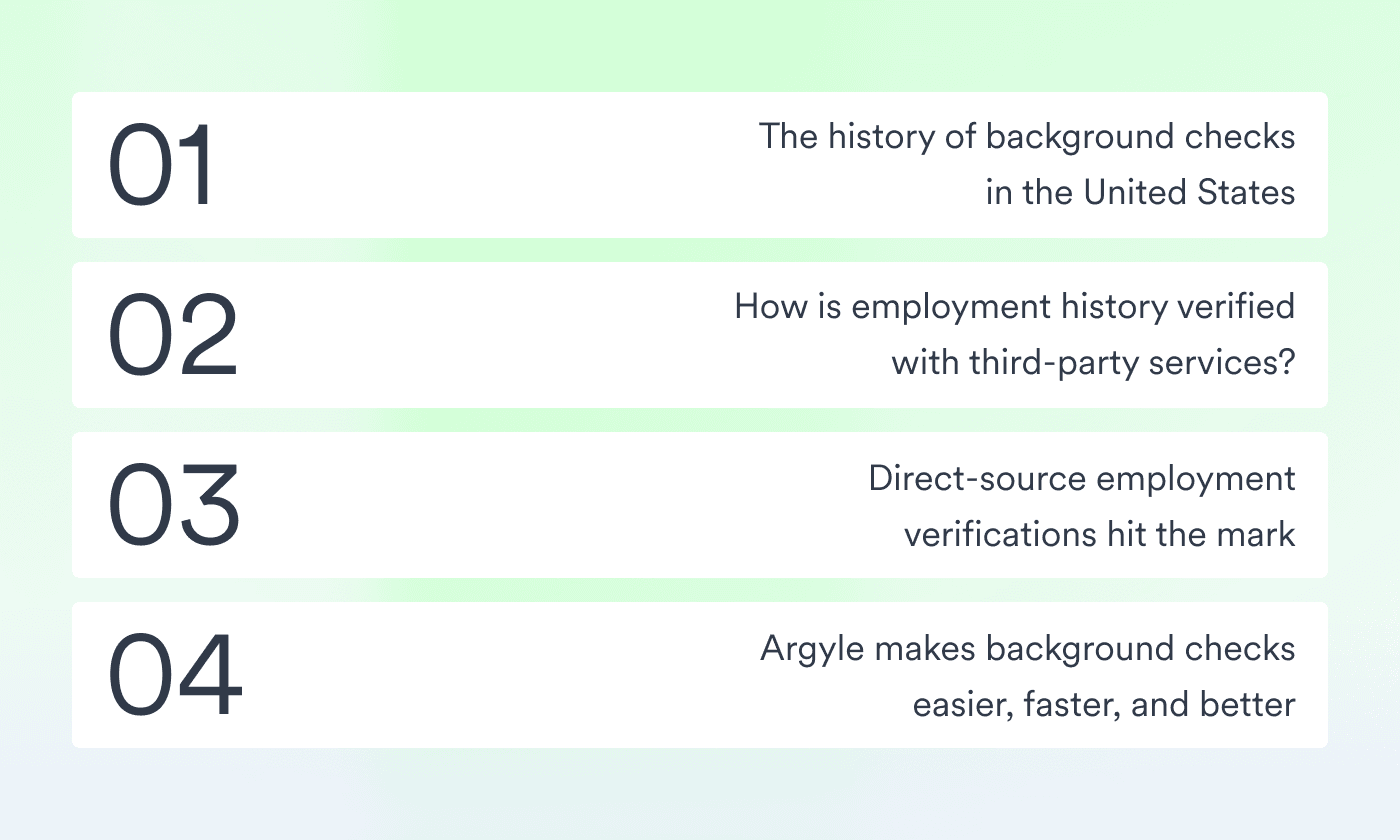
The history of background checks in the United States
Background check processes in the United States have significantly evolved over the decades. But before we dive into the history of background checks, it’s essential to understand what a background check normally entails. As stated in Your History, Your Future: An Insider’s Guide to Background Investigations:
“A background check investigation or background check is the process of creating a report containing all the information of a person’s history relating to employment, education, criminal activity, and finances. The process doesn’t rely only on what the applicant reveals but requires that an investigator dig into the applicant’s history independently.”
Background checks, though relatively new, have seen many changes since they first appeared in the early 19th century. While basic reference checks have been around for a long time, a comprehensive employment background screening industry began to develop more rapidly in the 1970s due to employer concerns about mitigating the legal liabilities of negligent hiring.
The concept of negligent hiring was first introduced in 1908 when an employer was held liable for retaining an employee with a history of reckless behavior, resulting in a co-worker’s death. Subsequently, between 1911 and 1933, negligent hiring laws expanded to cover violent acts by employees outside of work and against customers. A landmark case in 1951 further established that employers must exercise reasonable care in selecting competent and fit employees, particularly those interacting with the public.
By the late 1970s, the rising number of negligent hiring cases pushed employers to focus more on background screening. This shift was cemented by the Fair Credit Reporting Act and Consumer Credit Protection Act, which allowed employers to include credit history in their checks.
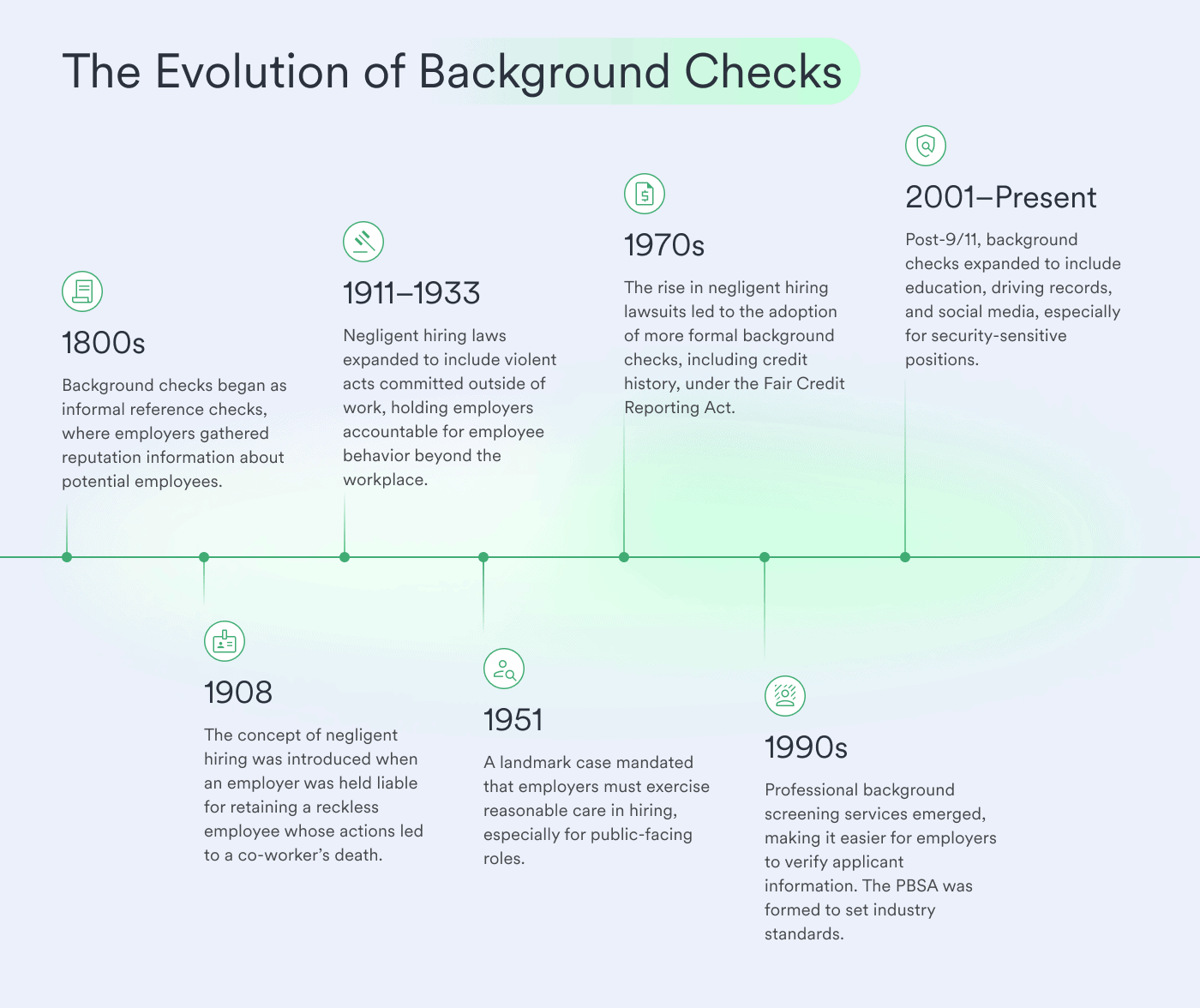
Moving into the 1990s, the emergence of professional background screening service providers—now part of the Professional Background Screening Association (PBSA)—made it easier for employers to obtain comprehensive applicant information. These services emerged to help employers establish trust and credibility with applicants, meet regulatory requirements, and have an independent entity confirm the accuracy of various resume claims or information.
From there, the 9/11 attacks in 2001 further increased the use of background checks, especially for security-sensitive positions. Although initially focused on criminal records, employment history, and credit reports, background checks expanded to include education verification, driving records, and social media behavior.
Since then, there’s been a steady rise in the country for thorough and reliable background screening practices.
How is employment history verified with third-party services?
In the past—and, in many cases, to this day—employment history has been verified through manual processes that are time-consuming and prone to errors.
Manual employment verifications involve employers or third-party background screening service providers contacting an applicant’s previous employers directly, usually by phone or mail, to confirm details like job title, employment dates, responsibilities, and reason for leaving. Here’s the problem: This process heavily relies on previous employers’ responsiveness and accuracy.
Obviously, these third-party services aren’t happy about the way things work, either. That’s because they typically involve a combination of credit bureau-based verification databases like The Work Number—a legacy model where data is often outdated, inaccurate, and expensive to procure—and time-consuming processes, like chasing paper trails and manual outreach to confirm applicants’ employment history.
This also isn’t a great experience for employers, background check providers, or applicants. Plus, it’s fraught with errors, which can undermine the credibility and purpose of the verification process. Moreover, as these third-party services still involve a significant number of manual touchpoints, it’s challenging to ensure the objectivity of verifications.
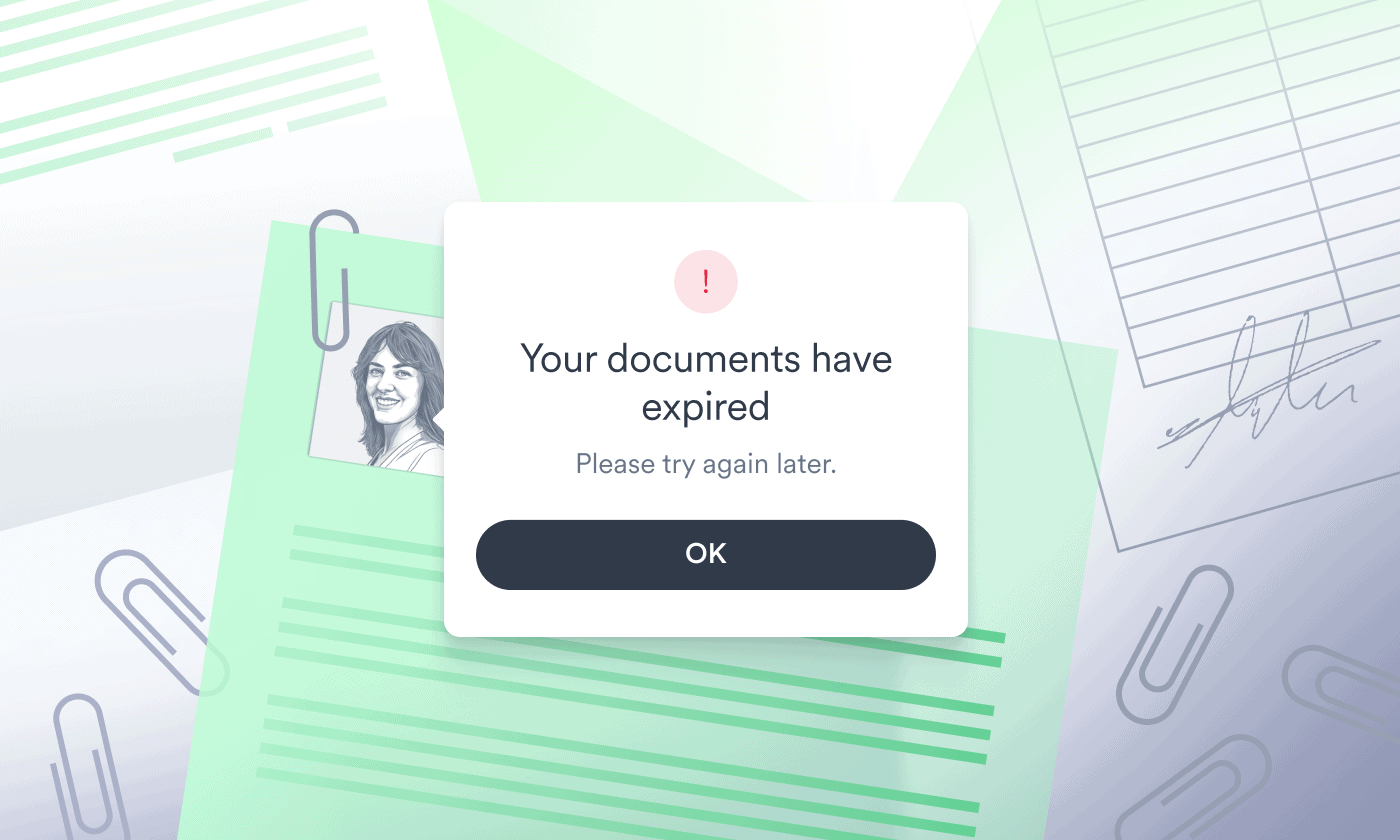
And the consequences are all the same: incorrect data or the potential for bias dilutes the integrity of the verification and affects both the consumer and the employer. As stated in the Human Resources Director:
“Ensuring a positive candidate experience is paramount when it comes to background screening. How employees feel throughout the process will be reflected in their morale, their productivity and, ultimately, their tenure.”
Direct-source employment verifications hit the mark
Thankfully, solutions like Argyle are changing that. By connecting directly to applicants’ payroll records—the most reliable source for employment data—direct-source payroll connections provide real-time, accurate information about an individual’s multi-year employment history. That includes past job titles, income, hire dates, and more. As a result, there’s a lower chance of incorrect employment verifications from outdated data or falsified documents.
Additionally, direct-source employment verification solutions like Argyle automate the employment verification process, eliminating manual effort and delays associated with traditional methods like phone calls, emails, or paper forms. Argyle is also 60-80% cheaper than The Work Number, which charges a premium due to its middleman business model and market dominance. The result? Streamlined verification workflows and faster, more affordable background checks.
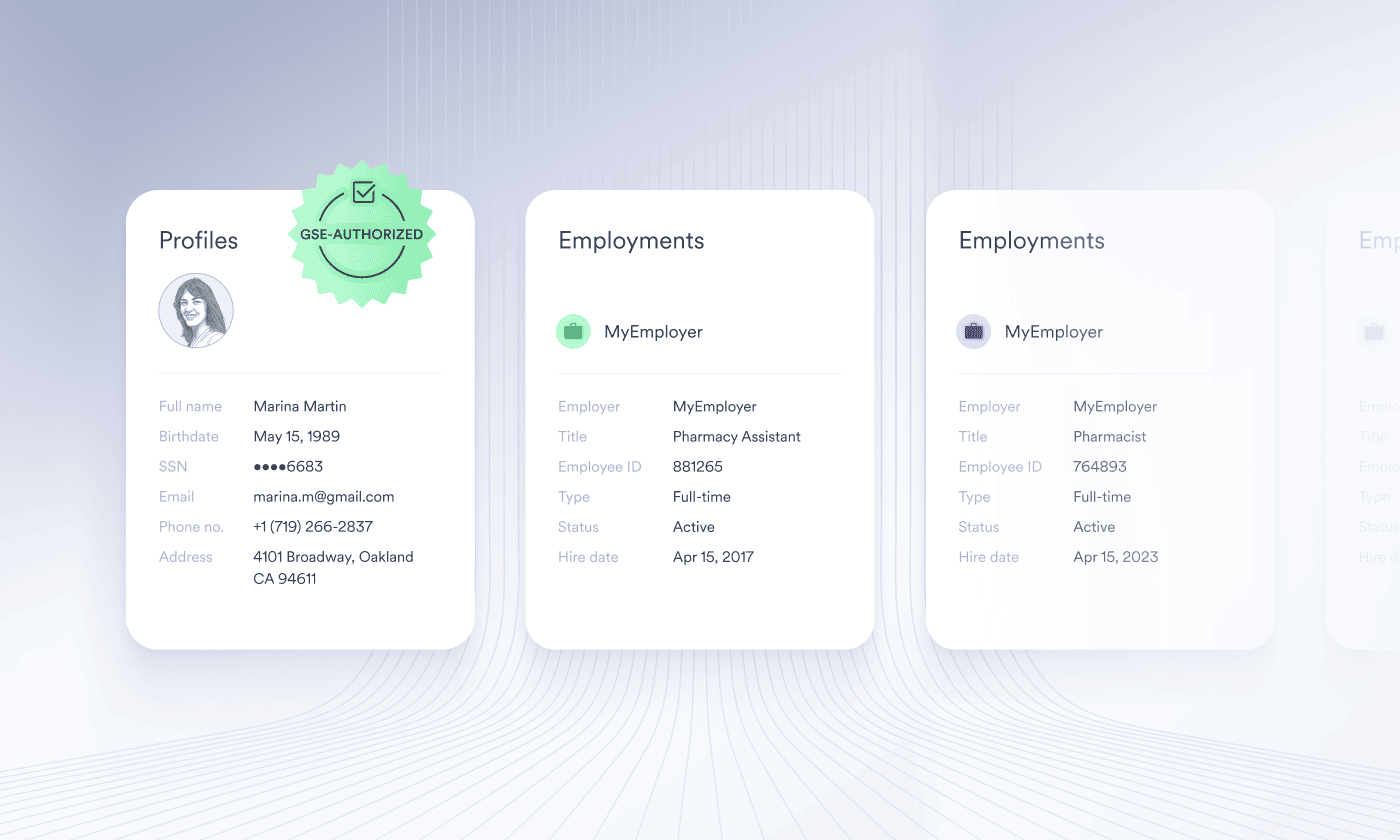
Most importantly, direct-source payroll connections powered by Argyle are consumer-permissioned, meaning applicants control who has access to their data—and for how long.
And because no employer is ever contacted as part of the direct-source employment verification process, applicant confidentiality is completely preserved. It poses no risk of their current employer discovering they are looking for a new job.
That’s why background check service providers, employers, and applicants love Argyle. Take Checkr, a leading background check service provider to thousands of startups and enterprises. By leveraging Argyle’s direct-source payroll connections, Checkr cut down its employment verifications from 1-4 days to 15-60 seconds.
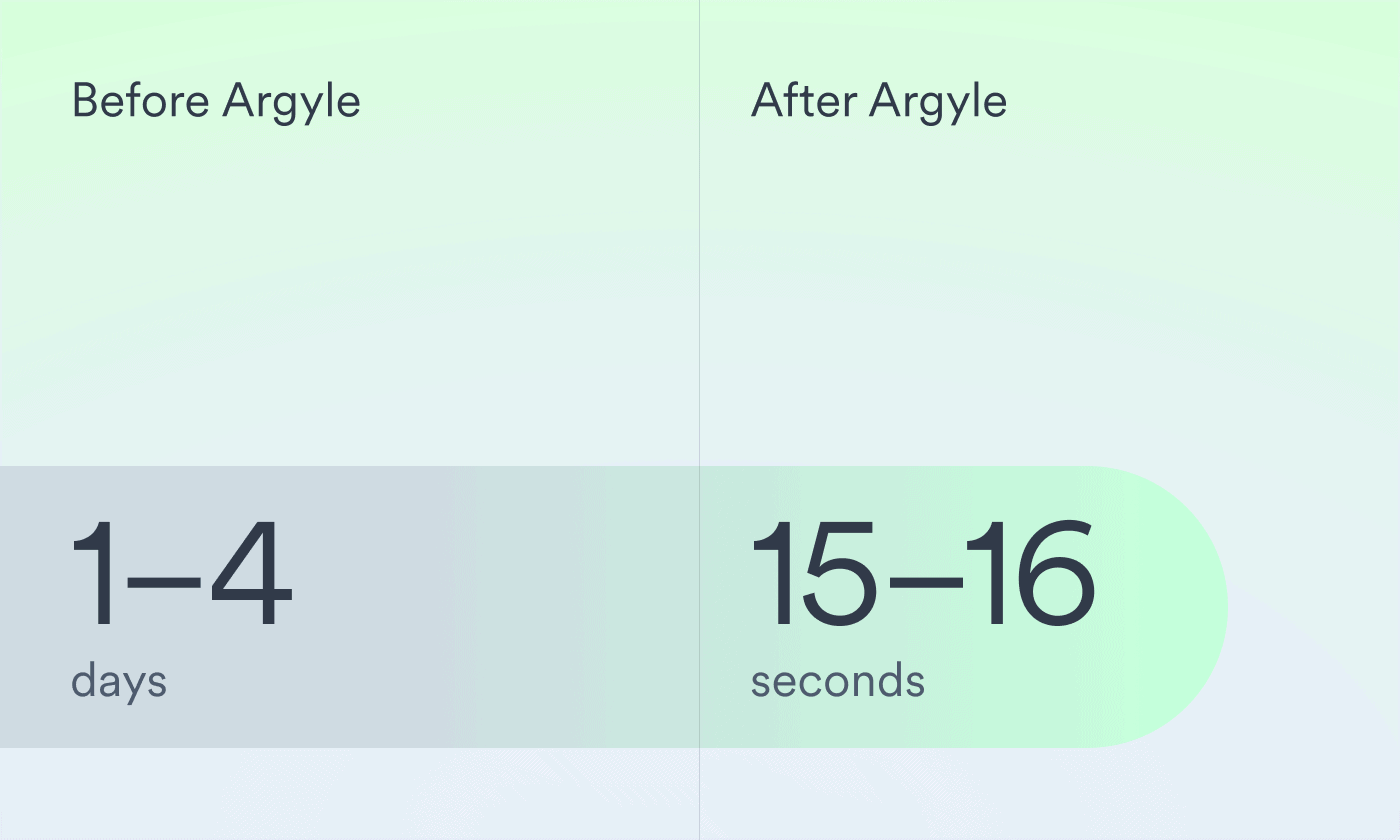
“We are always looking to push the boundaries of what’s possible for faster, fairer background checks. In this sense, Argyle is critical to our infrastructure—and we’re only getting started.” — Daniel Yanisse, Co-Founder & CEO, Checkr
Argyle makes background checks easier, faster, and better
To verify consumers quickly and confidently and to make the right decisions, you need accurate, up-to-date employment data. Argyle does that best. Plus, Argyle is PBSA accredited.
If you want to see Argyle in action, sign up for an account or contact our team. We’d be happy to help.
